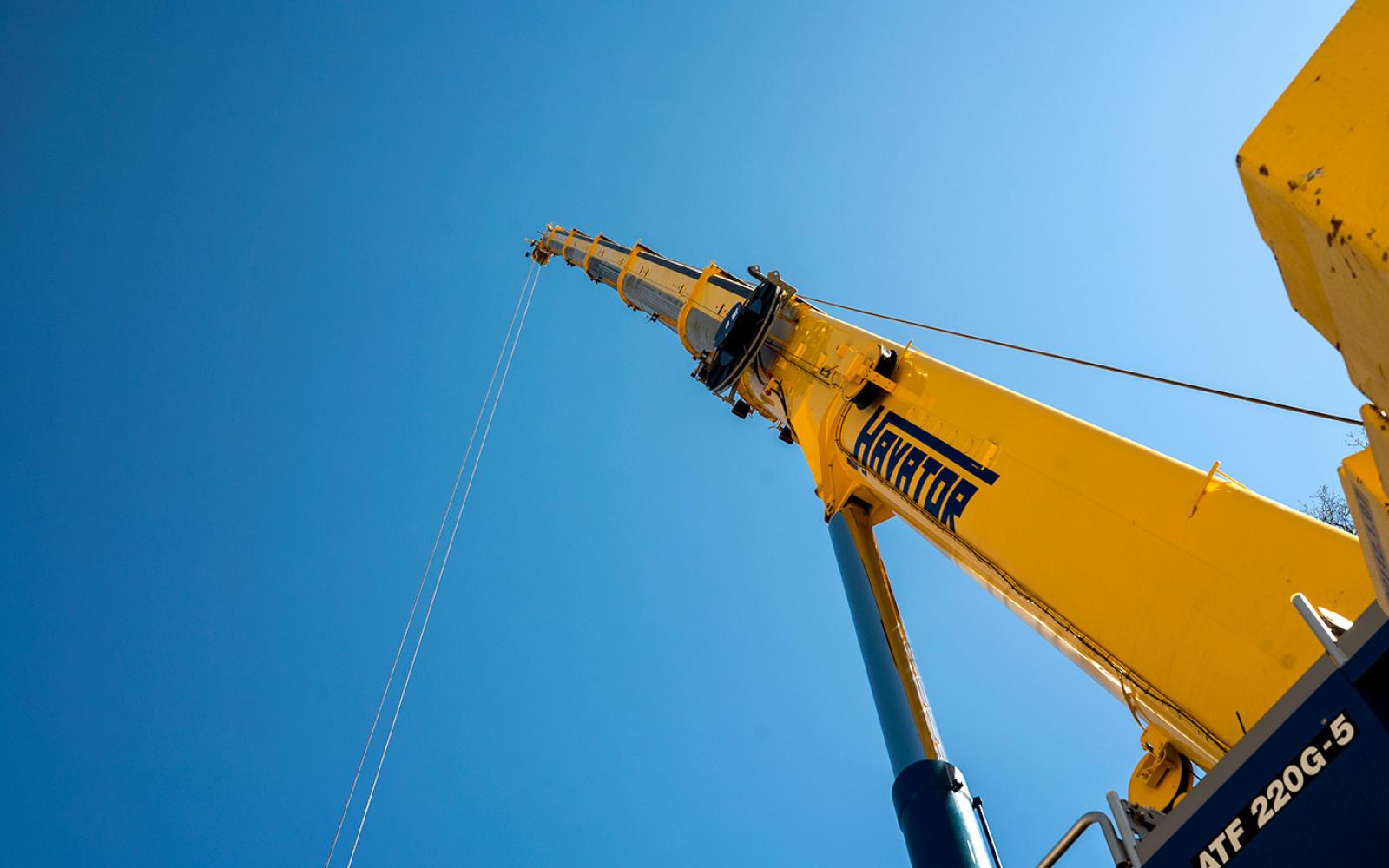We created the app’s Front End using React Native. The Back End is implemented with Java, GraphQL, and Postgres. Sign-in and user management is handled using Azure AD integration. Users can sign in to the app using their Havator email address.
In the app, users can easily save the latest information about the fleet’s current state. Users can access an individual crane’s details by scanning the crane's QR code or manually entering the serial number. They can add further details, save or update information about maintenance, and report inspection details. If there’s something to fix, the app generates a fault report, in which the user can report the fault and its level of criticality, and take or upload a photo.
Our client has been pleased with our work on the project. "Managing a fleet in an organization this size requires a system to support day-to-day operations with data from users about machinery. The challenge with developing an app was the lack of a previous equivalent operating model or system, which meant that the project had to be built from the ground up without any benchmark, while the development of the new ERP system was still in its early stages," says Havator Fleet Manager Joakim Mette.
"Our starting point was always user-friendliness and the app's potential to dynamically expand to continuous development needs. In my view, the end result is both clear and easy to use, and it exceeded our expectations. During the project, we received a multitude of ideas from Sangre on how we could develop the app to better serve our needs, brought about by their holistic understanding of our problem areas and goals," Mette continues.
We continue to develop the app based on our client's business needs.
"We received a multitude of ideas from Sangre on how we could develop the app to better serve our needs, brought about by their holistic understanding of our problem areas and goals."
- Fleet Manager, Joakim Mette, Havator Group





